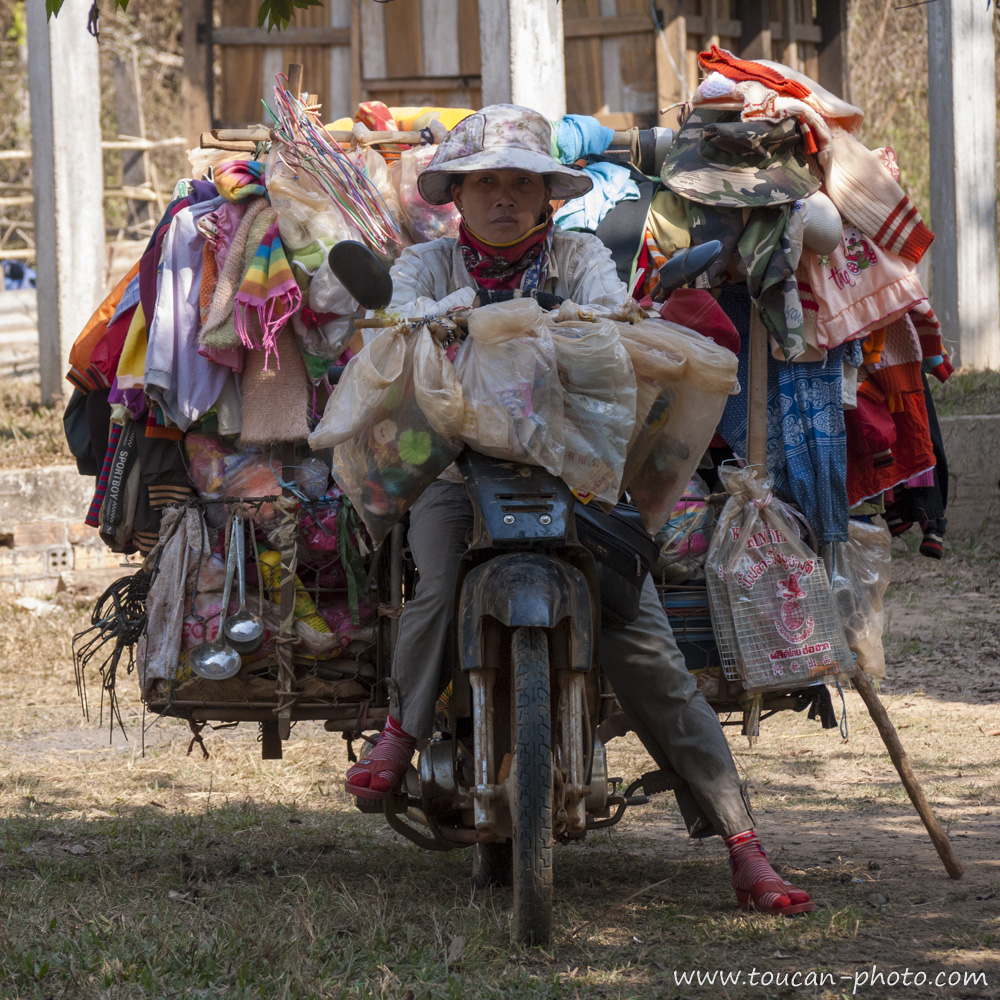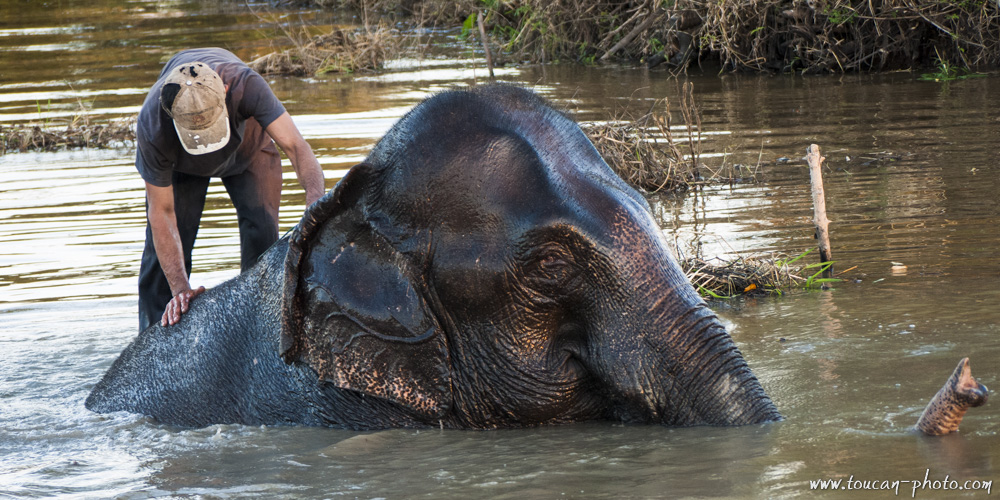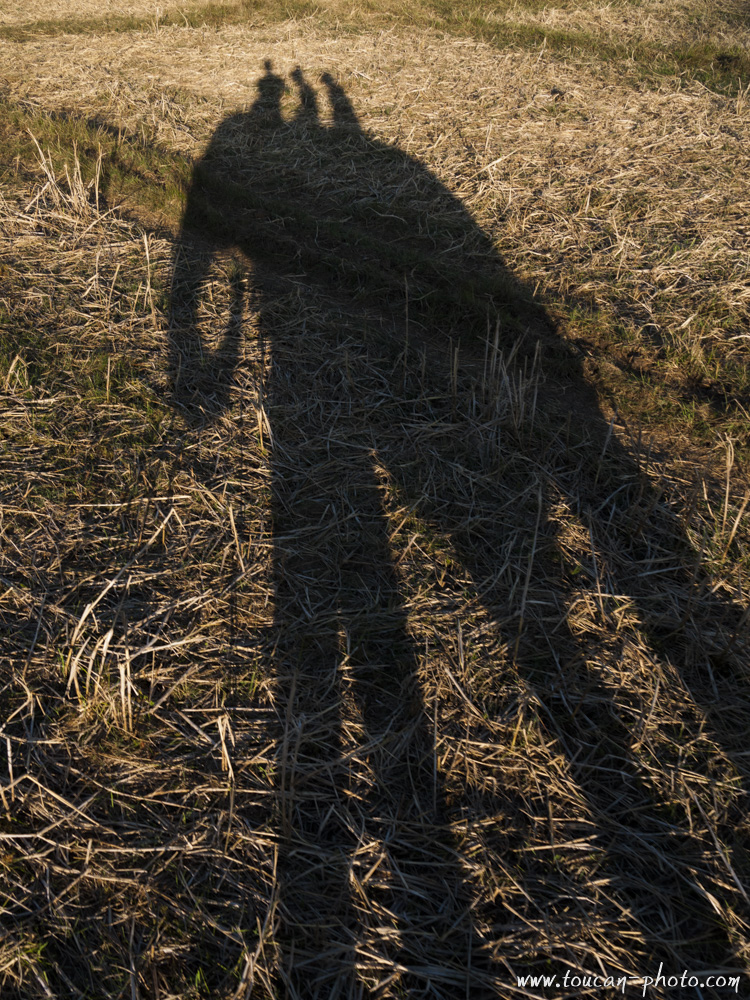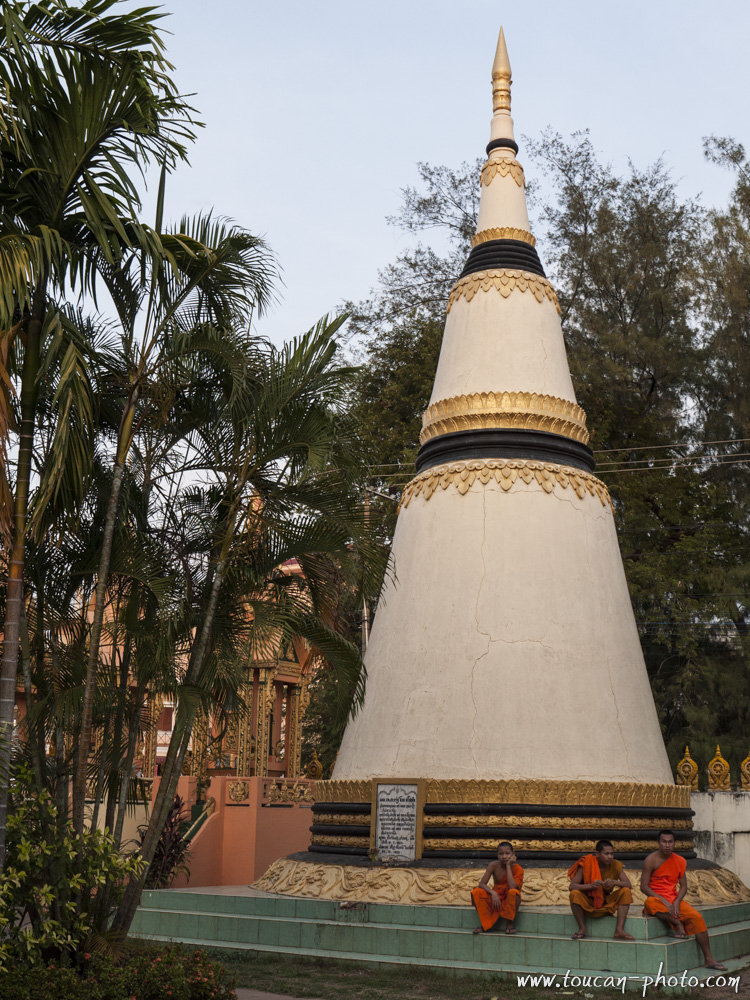
Itinerant shop, Laos
 Hin giving the bath to Tombac – Laos
Hin giving the bath to Tombac – Laos
The Lao Loum (one of the 68 ethnic groups present in Laos) maintains traditional relationships with the elephants.
Each elephant belongs to an animal trainer (Cornac) and this exclusive relationship lasts most of their lives.
Here the Cornac Hin gives a bath to Tombac, a 35 years old elephant female
 Elephant riding, laos
Elephant riding, laos
Laos was formerly before as « the country with millions of elephants ». Today we estimate at 2000 the number of elephants still living in Laos. Among these elephants, 800 live in the wild which represents one of the most important populations of elephants in the region, while 1200 are domesticated. Those ones have been, for a long time, used to work in felling trees and agriculture, but they have been replaced by machines since then.
However, some Cornacs (animal trainer) attempt to keep on proposing the services of their elephants for work, while some others prefer to use the elephants in the tourism field (Trek on the back of elephants…).
 The stūpa (thât in laotian) from Wat Luang, Buddhist temple in Pakse, Laos
The stūpa (thât in laotian) from Wat Luang, Buddhist temple in Pakse, Laos
The stūpa is a Buddhist architectural structure and jaïna. Initially, a stūpa was a mausoleum containing a relic of Buddha. Today, just a few stūpa contain a relic of Buddha or an object that belonged to him. Nevertheless, they represent Buddha and remain monuments commemorating his death (the parinirvana).
The word stūpa is not known in all languages. In thai and in laotian, we call it “thât”, in Khmer “chetdei”, in Mongolian “suburghan”. In Sri Lanka, we use the term “dâgoba” to refer to this structure.